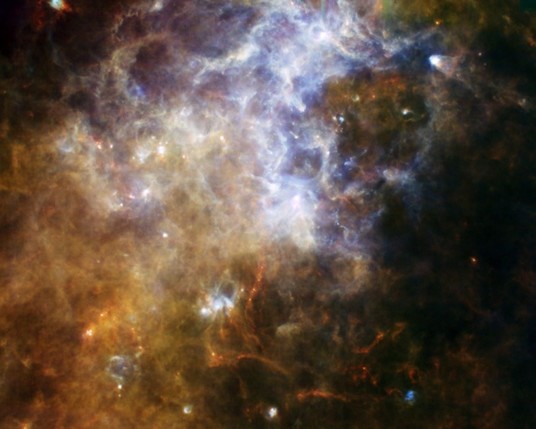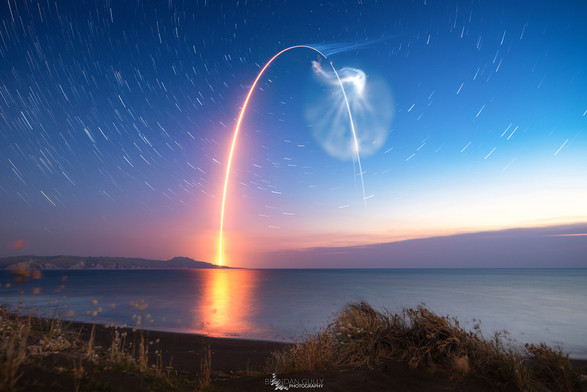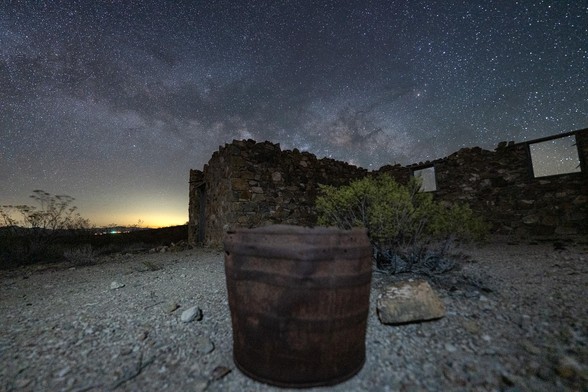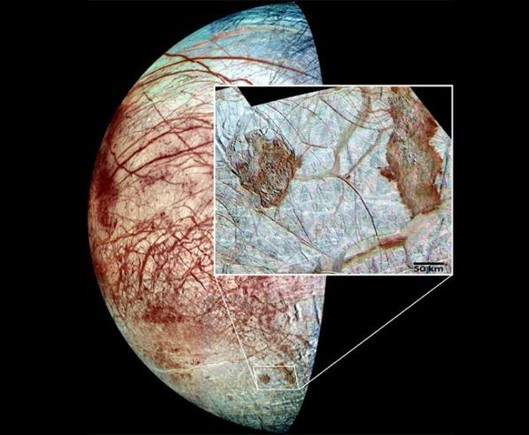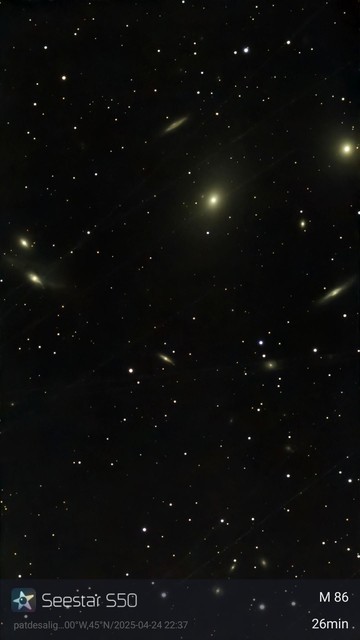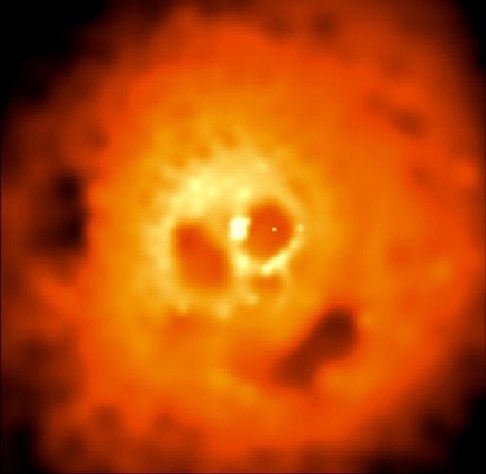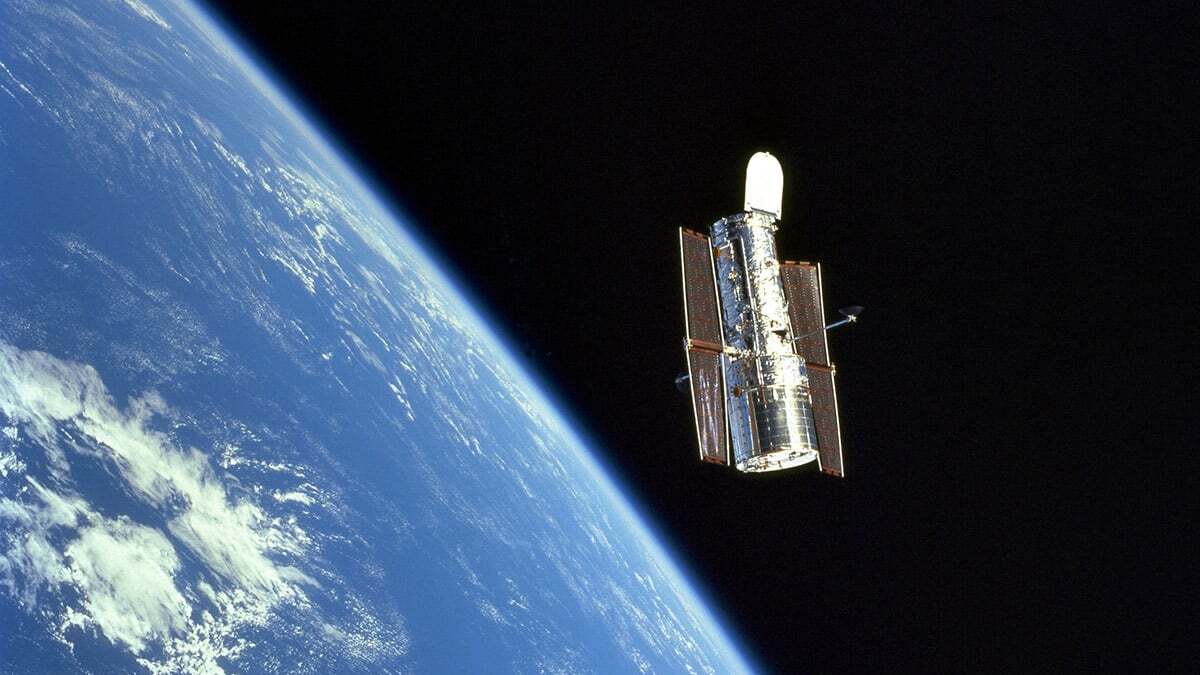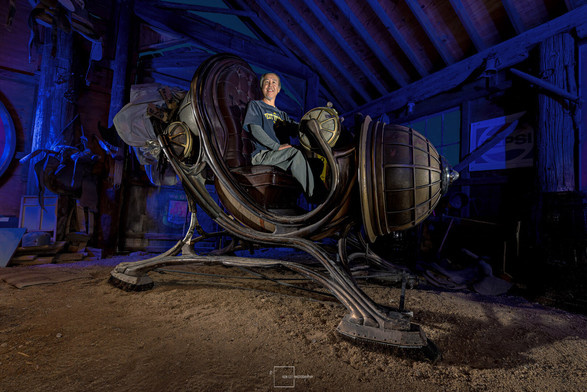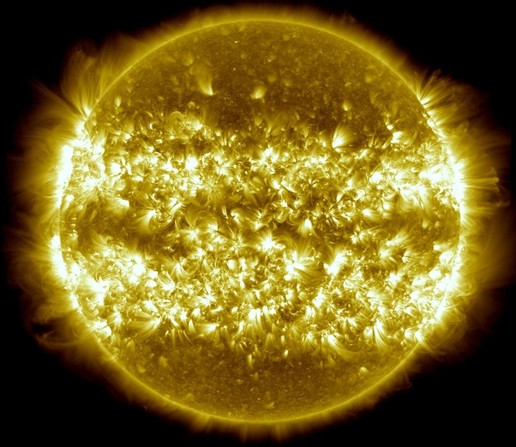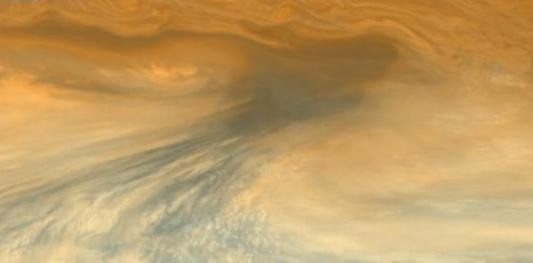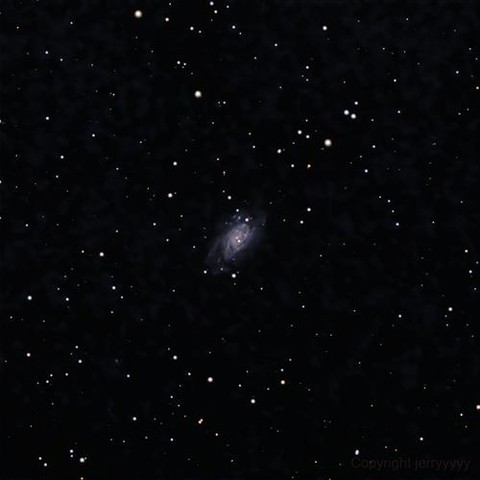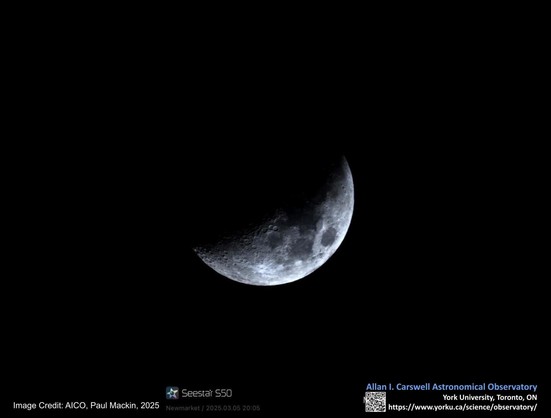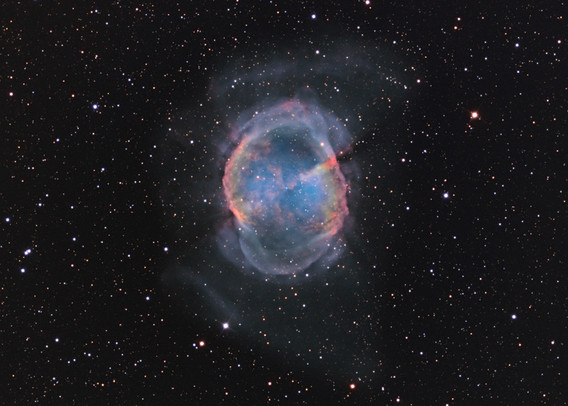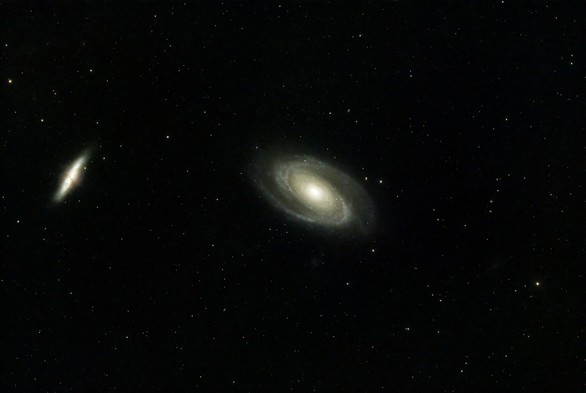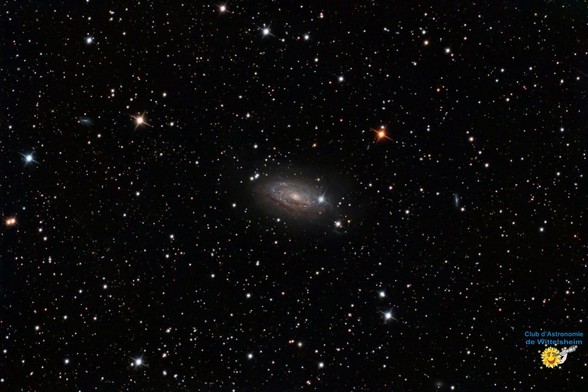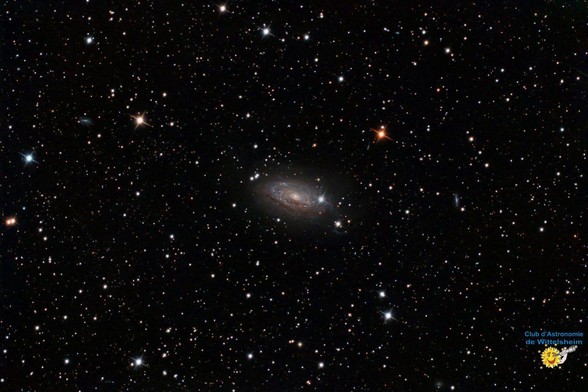Herschel Views the Milky Way
Credits: ESA, SPIRE & PACS Consortia
#nature #space #astrophotography
Frühere Suchanfragen
Suchoptionen
#astrophotography
South Celestial Rocket Launch
Credits: Brendan Gully
#nature #space #astrophotography
Galileo's Europa
Credits: Galileo Project, Univ. Arizona, #JPL, #NASA
#nature #space #astrophotography
Il y a du monde sur cette photo!
Du haut et de gauche à droite :
NGC 4402, M 86, M 84, NGC 4387, NGC 4435, NGC 4438, NGC 4488, NGC 4425, NGC 4413, NGC 4431, NGC 4440.
#astrophotography
#SeestarS50
The Perseus Cluster's X-Ray Skull
Credits: IoA Cambridge, #NASA
#nature #space #astrophotography
~~~~~
Before the DeLorean, there was this vintage time machine. Consequently, I am posting this three days after tomorrow. I had fun lighting this selfie! It's more fun than AI-generated images. Photographed while Tim Little and I were teaching a night photography workshop at Nelson Ghost Town in Nevada.
~~~~~
For photos, books, workshops and more: www.kenleephotography.com
~~~~~
(Plate 4300) Pentax K-1/15-30mm f/2.8 lens. April 2025.
~~~~~
#kenlee #nightphotography #lightpainting #mylensrental #nightscaper #astrophotography #longexposure #humanmade #ProtoMachines #urbex #ShootPentax #Pentax #PentaxK1 #Nelson #NelsonGhostTown #ambientnightsmag
IC 418: The Spirograph Nebula
* Image Credit: NASA, ESA, and the Hubble Heritage Team (STScI/AURA); Acknowledgement: R. Sahai (JPL) et al.
https://science.jpl.nasa.gov/people/Sahai/
https://www.jpl.nasa.gov/
https://www.aura-astronomy.org/
https://www.stsci.edu/
https://www.nasa.gov/stem-content/the-hubble-heritage-project/
https://esahubble.org/
https://www.nasa.gov/
Explanation:
What is creating the strange texture of IC 418? Dubbed the Spirograph Nebula for its resemblance to drawings from a cyclical drawing tool, planetary nebula IC 418 shows patterns that are not well understood. Perhaps they are related to chaotic winds from the variable central star, which changes brightness unpredictably in just a few hours. By contrast, evidence indicates that only a few million years ago, IC 418 was probably a well-understood star similar to our Sun. Only a few thousand years ago, IC 418 was probably a common red giant star. Since running out of nuclear fuel, though, the outer envelope has begun expanding outward leaving a hot remnant core destined to become a white-dwarf star, visible in the image center. The light from the central core excites surrounding atoms in the nebula causing them to glow. IC 418 lies about 2000 light-years away and spans 0.3 light-years across. This false-color image taken from the Hubble Space Telescope reveals the unusual details.
https://science.nasa.gov/asset/hubble/the-spirograph-nebula-ic-418/
https://observing.skyhound.com/archives/jan/IC_418.html
https://ui.adsabs.harvard.edu/abs/1997A%26A...320..125H/abstract
https://en.wikipedia.org/wiki/IC_418
https://ui.adsabs.harvard.edu/abs/2009A%26A...507.1517M/abstract
https://en.wikipedia.org/wiki/Planetary_nebula
https://apod.nasa.gov/apod/planetary_nebulae.html
https://apod.nasa.gov/apod/ap100221.html
https://www.historyoftheuniverse.com/?p=redgiant.htm#gsc.tab=0
https://www.youtube.com/watch?v=7E-0j90Cwpk
https://apod.nasa.gov/apod/ap000910.html
https://en.wikipedia.org/wiki/Stellar_wind
https://en.wikipedia.org/wiki/Spirograph
https://www.wordsmith.org/~anu/java/spirograph.html
https://science.nasa.gov/missions/hubble/hubbles-spirograph/
https://www.stsci.edu/hst
http://www.pbs.org/wgbh/aso/tryit/atom/
https://spaceplace.nasa.gov/light-year/en/
https://spaceplace.nasa.gov/galaxy
https://spaceplace.nasa.gov/nebula
https://spiralator.com/
A Year on the Sun
Credits: #NASA, Solar Dynamics Observatory
#nature #space #astrophotography
Jupiter's Dry Spots
Credits: Galileo Project, #JPL, #NASA
#nature #space #astrophotography
Arp 299: Black Holes in Colliding Galaxies
Credits: #NASA, JPL-Caltech, GSFC, Hubble, NuSTAR
#nature #space #astrophotography
#UMPlus - NGC 6106 by Jerry Yesavage
https://www.universomagico.net/2025/04/ngc-6106-por-jerry-yesavage.html
This image by astronomer Jerome Yesavage shows the spiral galaxy NGC 6106, visible in the direction of the constellation of Hercules, located at a distance of about 67 million light-years from the Milky Way. NGC 6106 is notable for having hosted two recent supernovae, in 2020 and 2024, called AT 2020kog and.....
#astronomy #space #astrophysics #astrophotography
#UMPlus - NGC 6106 by Jerry Yesavage
https://www.universomagico.net/2025/04/ngc-6106-por-jerry-yesavage.html
This image by astronomer Jerome Yesavage shows the spiral galaxy NGC 6106, visible in the direction of the constellation of Hercules, located at a distance of about 67 million light-years from the Milky Way. NGC 6106 is notable for having hosted two recent supernovae, in 2020 and 2024, called AT 2020kog and.....
#astronomy #space #astrophysics #astrophotography
#NewMoon #Crescent #Earthshine #Observing #Telescope #AllanICarswellObservatory #YorkU #Toronto #Ontario #Astronomy #Astronomer #Science #Astrophotography #SpaceScienceSaturday
M27: Not a Comet
Credits: Martin Pugh
#nature #space #astrophotography
I got a partially clear night on wednesday so I rolled off the roof and took a few shots of M81 before the clouds came in. This is a stack of 20x60sec shots. Not bad given only 20min of total time.
#lightbucketastro #galaxy #astrophotography #planewave
Ce résultat à été obtenu grâce à 85 poses de 300 secondes avec son filtre L-Pro
#astronomy #astronomie #astrophotography #astrophotographie #astrodon #galaxy
Gilles nous partage une photo de #m63 nommée la #galaxie du Tournesol
Ce résultat à été obtenu grâce à 85 poses de 300 secondes avec son filtre L-Pro
#astronomy #astronomie #astrophotography #astrophotographie #astrodon #galaxy



